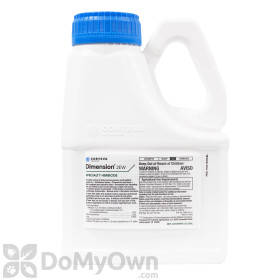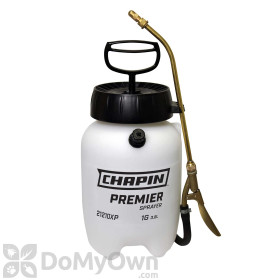
Preventing chickweed from growing on your property can be done, but may take some DIY knowledge and a bit of work. On this page we'll detail the most successful methods for keeping chickweed from taking hold of your lawn.
Apply a Pre-Emergent Herbicide
Consult our lawn care schedules to determine when to apply your pre-emergent herbicide treatments. Depending on where you live and what your local climate is like, you could apply your spring treatment between February and April and your fall treatment between September and November. Fall applications should be applied when soil temperatures are falling, but before the first frost of the season. Spring applications should be applied as the weather warms but before soil temperatures reach 55 degrees.
Pre-emergents should not be applied when the lawn is being seeded or sodded as the pre-emergent will prevent the germination of the new, desirable grass seed.
Products needed for Step 1
Maintain Lawn Health
Weeds often grow in lawns that are patchy, lacking nutrients, or are either too damp or too dry. Keeping your lawn healthy is a great preventative step against chickweed and other undesirable weeds.
Use an at-home soil test kit to determine which nutrients your lawn may be lacking. Your local extension office can also offer help in performing this kind of test. Once you know what your soil lacks, select a fertilizer that contains the nutrients your lawn needs and apply it as directed.
Aerating your lawn can help remedy moisture issues and improve your lawn's health. Check out our video on how to aerate your lawn for helpful tips and advice.
We hope you found this guide helpful. If you're not sure that you have chickweed on your property, read our guide on where chickweed grows to refine your treatment plan. Our how to get rid of chickweed guide will talk you through both pre- and post-emergent herbicide treatments.











